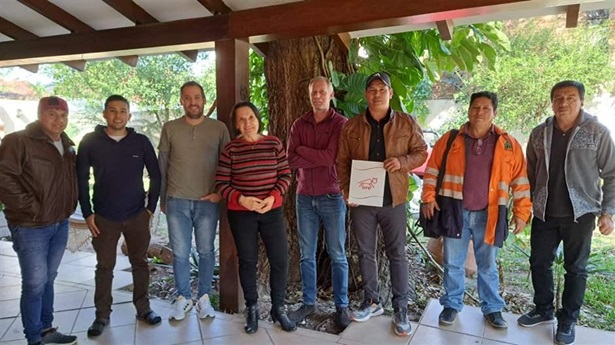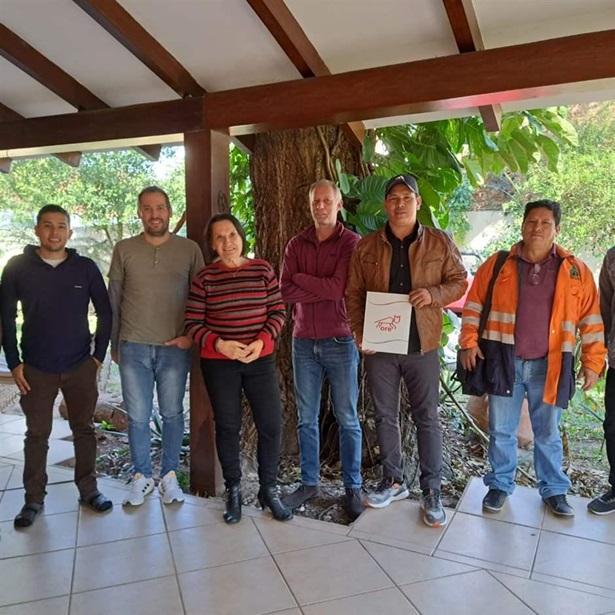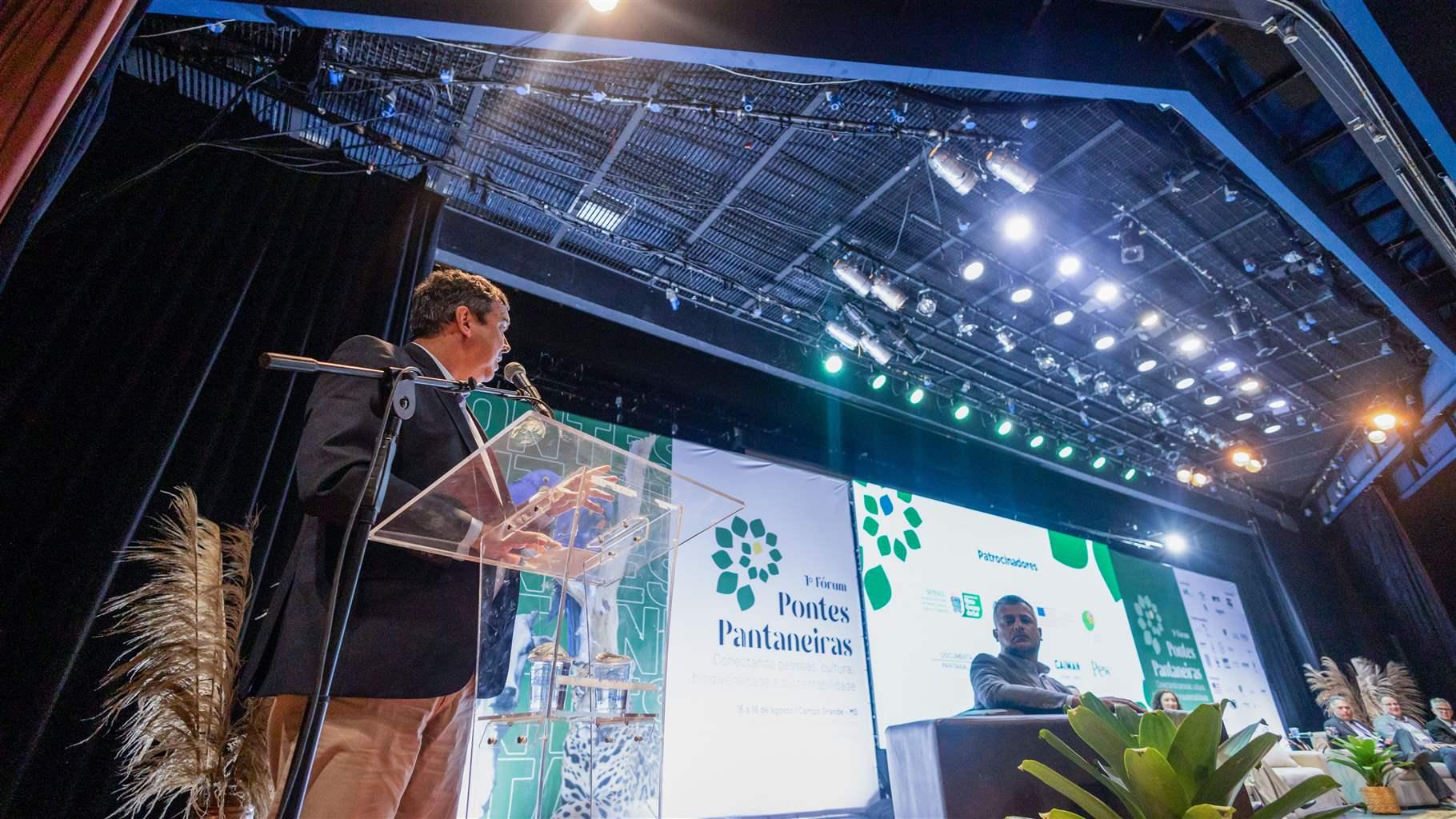As Threats to South America's Largest Wetland Mount, Stakeholders Push for Solutions
Forum participants discuss proposal to save ecosystem and traditional lifestyles
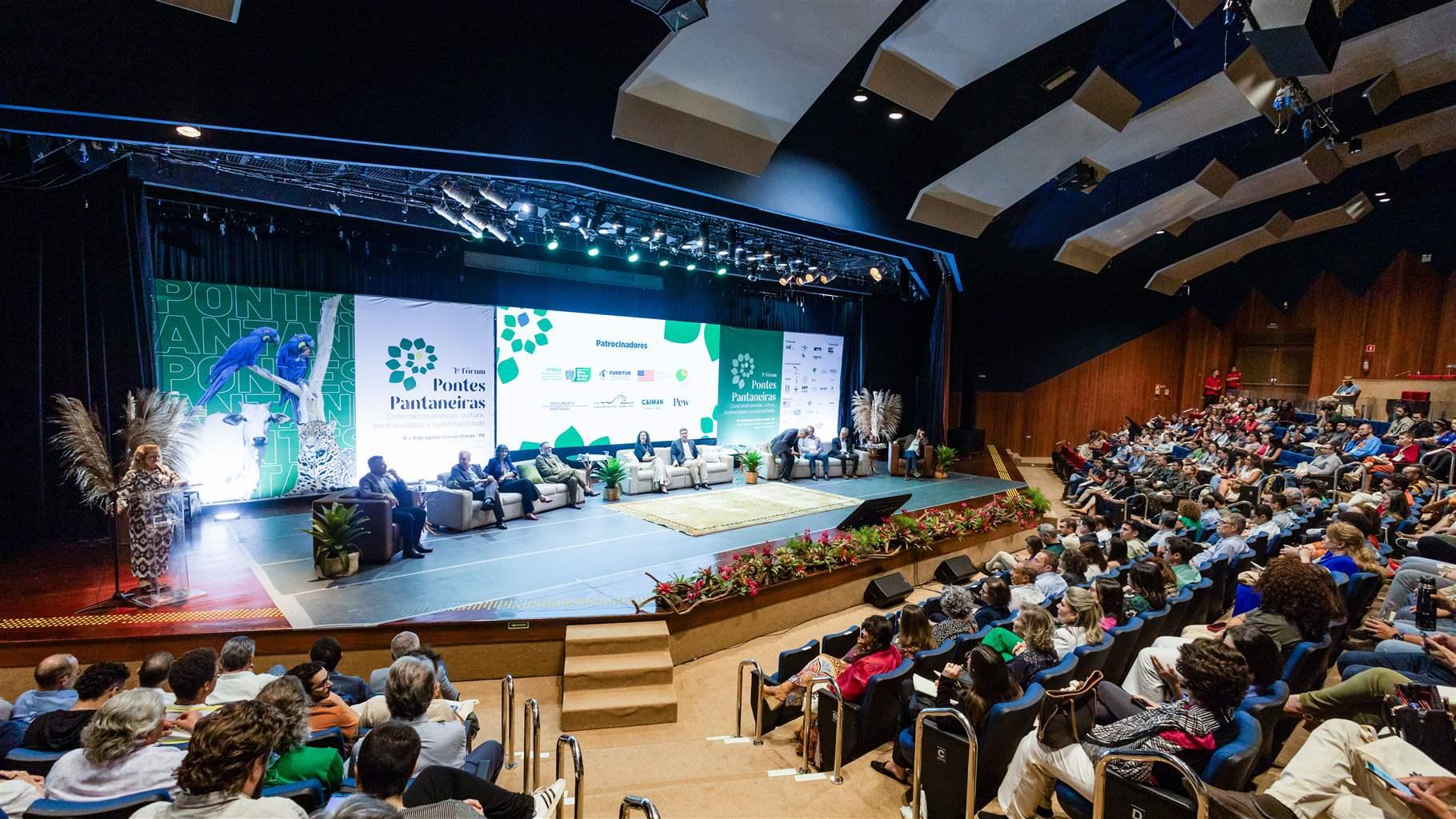
In the heart of South America, a thriving ecosystem that has sustained ranchers and others for centuries faces dire threats, and governments must act swiftly to reverse this decline. That was a central theme of the Pantanal Bridges Forum, held Aug. 16-18, 2023, in Campo Grande in the Brazilian state of Mato Grosso do Sul. The state is home to most of the ecosystem in question—the Pantanal—which covers more than 44 million acres, an area larger than Greece, across parts of Bolivia, Brazil, and Paraguay.
The Pantanal is one of the world’s largest, most diverse, and continuous inland wetlands. It is also one of the most biologically rich environments on the planet with more than 4,700 plant and animal species, including South America’s highest concentration of jaguars and caimans.
Considered the largest Pantanal conservation gathering to date, the forum served as a much-needed space for dialogue on the importance of the multifaceted ecosystem to regional economic development, conservation, and culture. The forum also provided a platform for the sharing of experiences in the sustainable use of the ecosystem.
These included presentations and panel discussions on issues ranging from sustainable ranching and women-led conservation to combating forest fires and conserving freshwater. At the opening ceremony, Mato Grosso do Sul Governor Eduardo Riedel called on conference participants to join in the debate over a planned update to state legislation on protecting the Pantanal in his state. Gov. Riedel is hoping the revision will prevent or limit the deforestation and severe wildfires that have hit the region in recent years. To help address the loss of forest cover, Gov. Riedel also announced a temporary pause on permits for activities that cause deforestation in the region.
Central to the forum was the question of sustaining traditional ranching practices that have historically allowed the Pantanal’s inhabitants to coexist with thriving populations of wildlife, many of which are threatened or extinct elsewhere on the continent.
Ranchers and scientists highlighted how traditional ranching is compatible with environmental and social values and the benefits it offers over more intensive forms of raising cattle. They also discussed the importance of agreeing on a standard that defines sustainable practices and how that standard could be independently verified, as well as how public policy could support traditional ranching.
Tourism operators also presented, noting the potential of this emerging sector to diversify the local economy and provide an even greater incentive for conservation.
Organized by the Instituto de Pesquisas Ecológicas (Institute for Ecological Research) with the active support of more than 20 organizations, including The Pew Charitable Trusts, the forum built on multiple efforts over the past few years to encourage dialogue among all stakeholders—in particular researchers and ranchers—on Pantanal conservation. The forum featured more than 15 roundtable discussions, with over 500 participants from Brazil’s federal and state governments, science, academia, ranching, civil society, and the private sector.
Typically, from October to March every year, seasonal rains flow down from the surrounding highlands, flooding the Pantanal. Then, like a giant sponge, the massive wetland gradually releases that water between April and September, providing aquatic habitat, nutrient renewal, and flood control for millions of people downstream. Although the bulk of the Pantanal lies in Brazil, roughly 8 million acres of its most intact flood plain is in southeastern Bolivia and another 1 million in northern Paraguay.
To further protect the Brazilian Pantanal, Pew is working with partners to upgrade the management of national and state parks, advance sustainable ranching standards within the region, and secure and promote new conservation and sustainable use designations for critical wildlife habitat. The Pantanal Bridges Forum represented a big step toward meeting these objectives as it facilitated collaboration for the benefit of the Pantanal and its inhabitants and raised awareness of one of the world’s most diverse and expansive wetlands.
Amelia Moura works on The Pew Charitable Trusts’ conserving the Pantanal and Gran Chaco of South America project.


America’s Overdose Crisis
Sign up for our five-email course explaining the overdose crisis in America, the state of treatment access, and ways to improve care
Sign up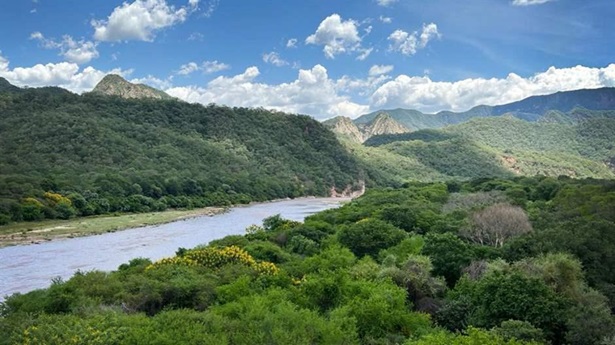
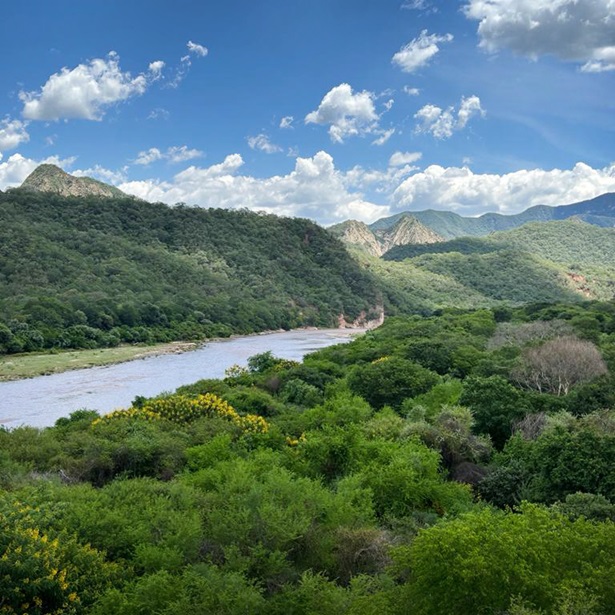
Project Aims to Protect South American Wildlands
